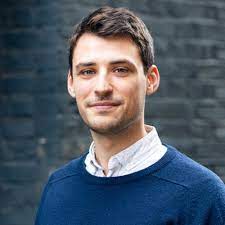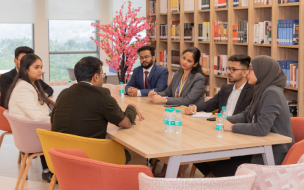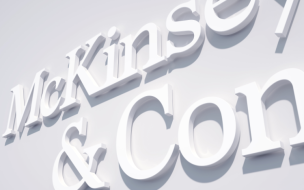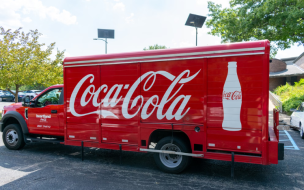Christine Savage, an MBA student at the Australian Graduate School of Management (AGSM), is one of McKinsey’s new generation of recruits. She’s set to join the firm’s Sydney office in August this year.
Previously, Christine worked in the US as a mechanical engineer on the targeting system for Lockheed Martin’s F-35 Joint Strike Fighter aircraft.
While Christine had a positive experience working at Lockheed Martin, she’s looking forward to transitioning into the world of business after her MBA.
AGSM will be sad to see her go. Alongside her studies, Christine works as editor of the AGSM MBA student magazine, and is vice president of the school’s women in leadership club.
What do you hope to gain from working at McKinsey?
McKinsey is the best possible next step in my career and I’m really looking forward to it. The opportunity to work on some of the world’s toughest challenges in a variety of industries is very appealing to me.
What does the company look for in its job applicants?
The most important thing is to stay calm and be yourself during the interview process. Let your talents speak for themselves. I would say to practice some cases, but don’t go overboard.
How has working in engineering prepared you for a career in business?
There are several primary skills that I would identify as valuable and highly transferable: the ability to analyze data, draw conclusions and confidently make decisions; and the ability to work well in high-pressure situations.
What challenges did you face working for Lockheed Martin?
I worked on the Electro Optical Targeting System program for the F-35 Joint Strike Fighter. I was one of two mechanical engineers supporting the production line as we emerged from a stage of low-rate production and ramped up. I worked with cutting-edge technology, which was engaging, but difficult when something went wrong.
The technical challenges I faced every day enabled me to develop a very systematic and structured approach to problem solving.
Is engineering still an industry dominated by men?
I wouldn’t agree that it’s completely male-orientated.
There are several very strong female leaders: Marillyn Hewson (Lockheed Martin’s CEO) was a great role model for me early in my career and continues to inspire me to this day.
And while there were very few female mechanical engineers within the company, some functions had an equal representation of genders. I didn’t feel like I was the only woman working there.
Why do you think so many engineers go on to take MBAs?
Very simple: the world revolves around business and there is little to no opportunity to gain this knowledge in an engineering curriculum. Sooner or later, most engineers figure out that they need to understand things like finance, marketing, strategy, and accounting.
Why did you decide to pursue an MBA at AGSM?
While I thoroughly enjoyed my previous job, I saw my career going down a very technical path and I wanted to study business to get the big picture of everything that goes on in corporations.
I wanted to gain international business experience to differentiate my MBA. I’m completely in love with the Sydney style of life and, as Australia’s number one business school, AGSM felt like a great fit.
How have you profited from your MBA experience so far?
It’s been incredible. I’ve learnt more in the past year than I have at any other time in my life.
The careers team at AGSM provide fantastic support, not only during recruitment season, but throughout the entire year. I would not have been able to make the jump from engineering straight to McKinsey without an MBA.
RECAPTHA :
3a
23
a8
fd








